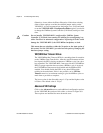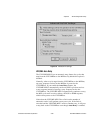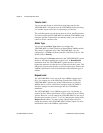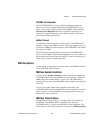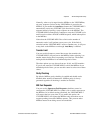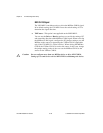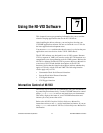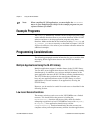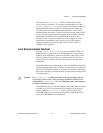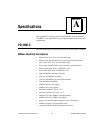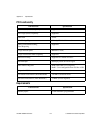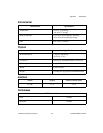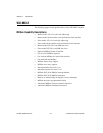
Chapter 7 Using the NI-VXI Software
VXI/VME-PCI8022 for Solaris 7-2
©
National Instruments Corporation
Note: When compiling NI-VXI applications, you must define the VXISOLARIS
macro in your makefile/project. Refer to the example programs on your
software diskettes for details.
Example Programs
The examples subdirectory contains various example programs along
with a makefile that show how to use various functions in the NI-VXI
software and how to develop application programs using these
functions. Make certain that the environment variables
NIVXIPATH and
LD_LIBRARY_PATH are set correctly as described in Chapter 5, NI-VXI
Software Installation. Also refer to your software reference manual for
additional examples.
Programming Considerations
The following paragraphs contain information for you to consider when
developing Solaris applications that use the NI-VXI bus interface
software.
Multiple Applications Using the NI-VXI Library
Multiple-application support is another feature in the NI-VXI library.
You can have several applications that use the NI-VXI library running
simultaneously. In addition, you can have multiple instances of the
same application that uses the NI-VXI library running simultaneously.
The NI-VXI functions perform in the same manner whether you
have only one application that uses the NI-VXI library or several
applications (or several instances of an application) all using the
NI-VXI library.
However, you do need to be careful in certain cases as described in the
following section.
Low-Level Access Functions
The memory windows used to access the VXI/VMEbus are a limited
resource. You should follow the protocol of calling the
MapVXIAddress() function with Access Only mode first before
attempting to perform low-level VXI/VMEbus access with
VXIpeek()
or
VXIpoke().Your application should always call the
UnMapVXIAddress() function immediately after the accesses are
complete so that you free up the memory window for other applications.



